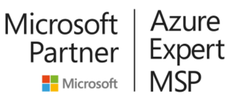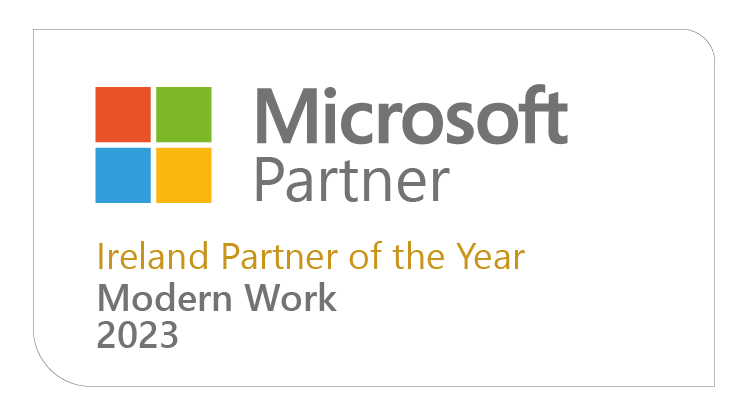Latest Insights
Navigating change at the intersection of business and technology.
EXPERTISE
How can we help you?
With Ergo as your trusted partner, operational continuity is just the starting point as our expert team take you on a journey of continual improvement.







Our Team
IT Services pioneers for 30 years. Business & IT leaders trust Ergo.
Our energy, passion and ownership breeds success, our culture of respect as core value fuels inclusive collaboration, all propelling our collective growth together with our clients and partners.
Read More
Delivering custom
tech solutions
TRUSTED BY
Relationships based on trust
We fuse imagination, expertise, and cutting-edge technology to propel remarkable results.











AWARDS
Excellence fueled by innovation
Ergo prioritizes innovation, quality, and development, investing continuously. We're proud of our recognized commitment to excellence.











